



Mission Sudarshan Chakra is a 10-year strategic initiative to build an indigenous national defence shield. Guided by a high-level committee, it integrates technologies like ‘Akashteer,’ enhancing offensive and defensive capabilities to safeguard India from aerial and unconventional threats effectively.
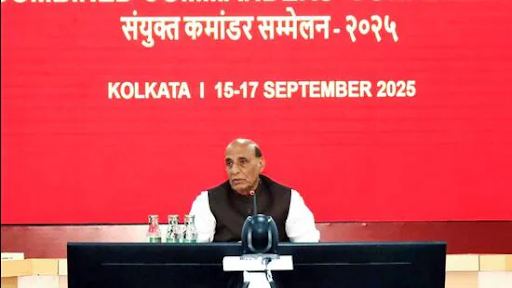
Copyright infringement not intended
Picture Courtesy: HINDUSTANTIMES
The Defence Minister announced the formation of a high-level committee at the 16th Combined Commanders’ Conference in Kolkata to develop a roadmap for Mission Sudarshan Chakra, an indigenous national defence shield announced by Prime Minister Narendra Modi on Independence Day.
Committee Formation: A dedicated panel will prepare a "realistic action plan" for Mission Sudarshan Chakra, with a medium-term (5-year) and long-term (10-year) rollout to achieve full operational capability by 2035.
Theme and Focus: "Year of Reforms – Transforming for the Future" emphasized jointness among the three services, indigenisation, innovation, and preparedness for hybrid warfare, including cyber, space, and biological threats.
Launched by PM on August 15, 2025, the mission envisions a multi-layered, indigenous air defence network inspired by Lord Krishna's mythological Sudarshan Chakra.
It aims to create a comprehensive shield for strategic (military bases) and civilian (hospitals, railways, religious sites) assets against aerial threats like missiles, drones, and aircraft.
Timeline: Targets full development and integration by 2035, with phased induction of technologies over the next decade.
Detection and Neutralisation: Robust infrastructure using AI, big data, and large language models for early warning; soft-kill (jamming) and hard-kill (missiles, directed energy weapons) options.
Offensive Integration: Capabilities for overwhelming counter-strikes, including tri-service missile forces and precision-guided munitions.
Technological Pillars: Cyber defence/offence, space-based assets, anti-drone systems (short/long-range), offensive drones, and indigenous fighter jet engines.
Indigenisation Focus: Entirely developed domestically via DRDO and private sector, building on successes like Akashteer (air defence control system) and IACCS (Integrated Air Command and Control System).
Enhancing Deterrence: Positions India as a proactive power, deterring aerial aggression from neighbors like Pakistan and China by ensuring technological superiority and rapid response.
Tri-Services Integration: Accelerates theatre commands by promoting jointness, as seen in Operation Sindoor's coordinated strikes on terror camps in PoK and Pakistan.
Self-Reliance (Atmanirbharta): Reduces import dependency (e.g., from Russia/Israel), promoting a domestic defence industry that boosts GDP, employment, and innovation in aerospace clusters.
Source: HINDUSTANTIMES
|
PRACTICE QUESTION Q. How does Mission Sudarshan Chakra address both conventional and unconventional threats in the modern warfare landscape? 150 words |
An Indian defense initiative to build a multi-layered air and missile defense shield by 2035 inspired by Lord Krishna’s Sudarshan Chakra.
The Defence Research and Development Organisation (DRDO) spearheads Mission Sudarshan Chakra
Ballistic missiles, hypersonic weapons, fighter aircraft, drones, cyber-attacks, and hybrid warfare.
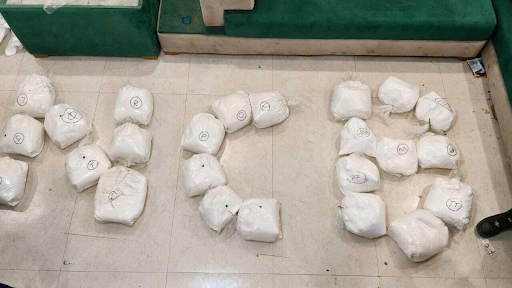
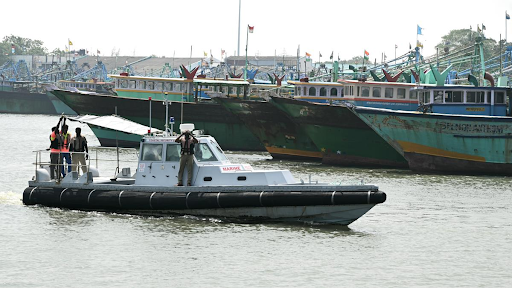
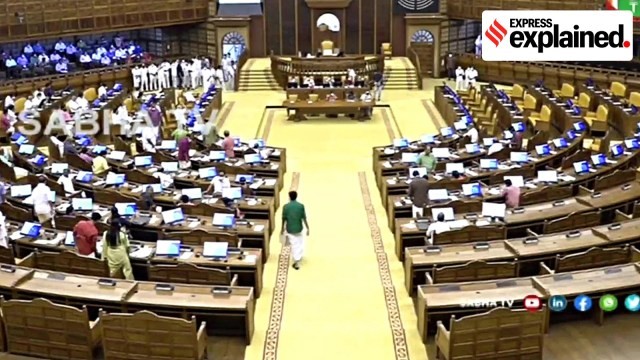
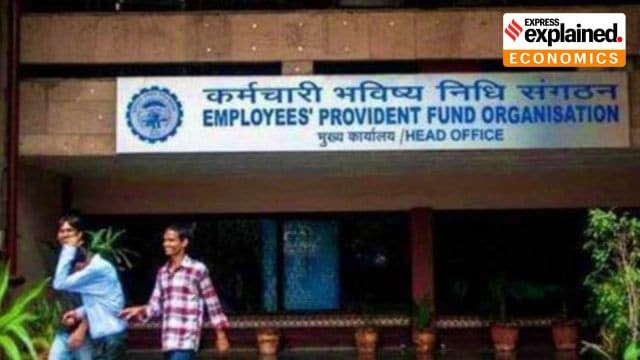

© 2025 iasgyan. All right reserved